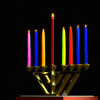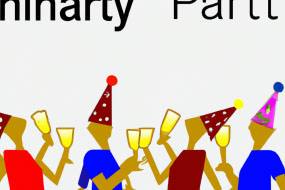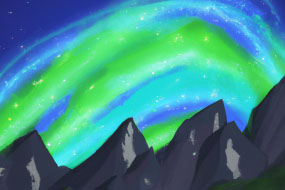
Hanukkah is a Jewish festival that is observed for eight days and nights, and is known as the 'Festival of Lights'. This festival is celebrated in remembrance of the rededication of the Second Temple in Jerusalem during the second century BCE, and is steeped in traditions and history that have been passed down for generations.
The History of Hanukkah
The history of Hanukkah dates back to the second century BCE, when the Jewish people, led by the Maccabees, revolted against the rule of the Seleucid Empire. After successfully regaining control of Jerusalem, the Maccabees rededicated the Second Temple, which had been defiled and desecrated by the Seleucids. According to Jewish tradition, there was only enough oil to light the Temple lamp for one day, but miraculously, it burned for eight days and nights until more oil could be acquired. This event is commemorated during Hanukkah, and each night, candles are lit on the menorah to celebrate the miracle of the oil.
Traditions of Hanukkah
One of the most well-known traditions of Hanukkah is the lighting of the menorah, a nine-branched candelabrum. Each night, one additional candle is lit, culminating in all nine candles being lit on the eighth and final night of Hanukkah. Other traditions include playing dreidel, a four-sided spinning top with Hebrew letters on each side, and eating foods that are fried in oil, such as latkes and sufganiyot. It is also customary to give charitable donations during Hanukkah, and to sing traditional songs and prayers to celebrate the festival.
The Significance of Hanukkah
Hanukkah is a celebration of Jewish survival and resilience, and serves as a reminder of the importance of religious freedom and the fight against oppression. The story of the Maccabees and the rededication of the Second Temple is a symbol of hope and perseverance, and is celebrated joyously by Jewish communities around the world.
















